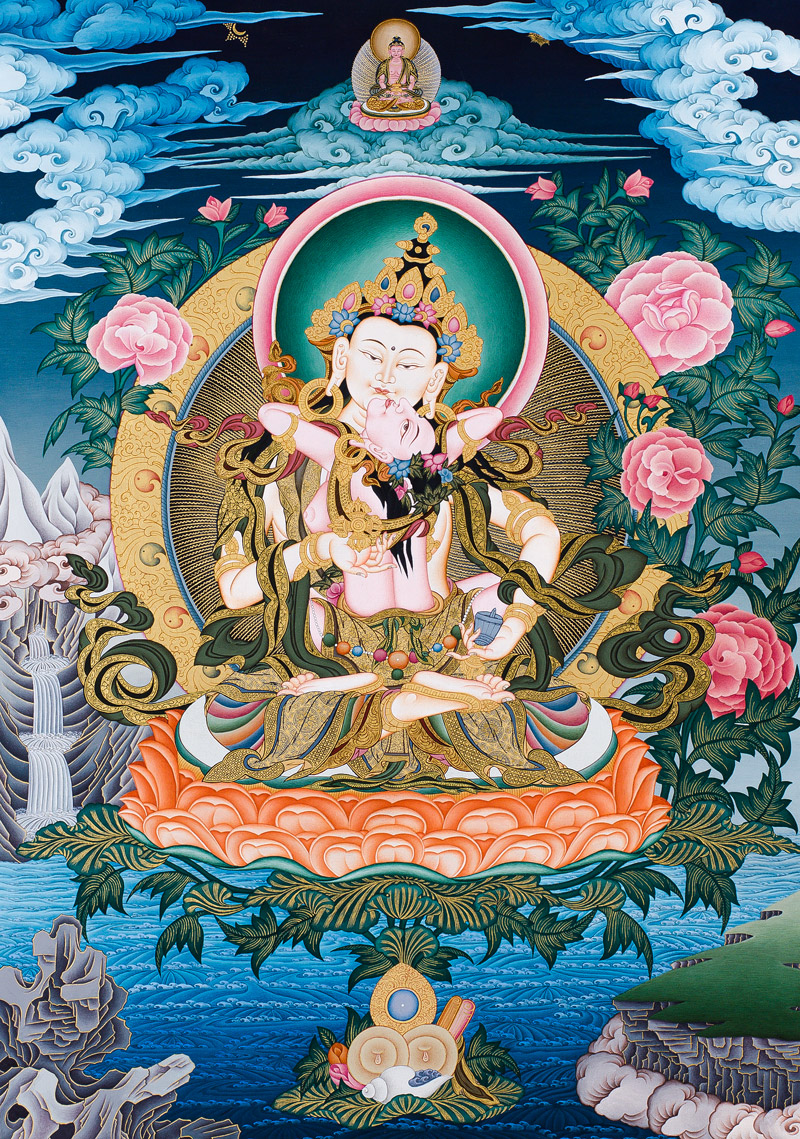
Usually, a mandala will consist of detailed, normally symmetrical imagery. Man (the microcosm), by mentally “entering” the mandala.
This symbol, sacred to many belief systems across the globe, is designed like a geometric shape and represents the universe.
What does mandala mean. Color is of particular importance in buddhist art, as the concept of enlightenment is often represented by “pure light,” or. The mandela is a profound symbol that can change the way you perceive yourself and the world around you. A hindu or buddhist graphic symbol of the universe specifically :
Mandalas are believed to represent different aspects of the universe and are used as instruments of meditation and symbols of prayer most notably in china, japan, and tibet. Any of various geometric designs (usually circular) symbolizing the universe; If you observe the mandala, starting from the outside circle to the inner circle of the core, it represents layers or concentric circles.
A mandala signifies the spiritual journey from “outside to inside”. The term “mandala” (which, as we mentioned before, means “circle” in sanskrit) can also mean the traditional political formation in early southeast asia history. A mandala, which is sanskrit for “circle” or “discoid object,” is a geometric design that holds a great deal of symbolism in hindu and buddhist cultures.
It is a meditative tool, for establishing sacred space, and for representing gods and deities. A mandala represents wholeness, a cosmic diagram reminding us of our relation to infinity, extending beyond and within our bodies and minds. Mandala is considered as an important symbol in religions such as hinduism and buddhism.
Man (the microcosm), by mentally “entering” the mandala. While extraordinary as a standalone work of art, mandalas hold symbolic and meditative meaning beyond their vibrant appearance. The meaning of mandala comes from sanskrit meaning “circle.” even though it may be have features like squares or triangles, a mandala always has a concentric (circular) nature.
In esoteric literature, the mandala is understood as a single whole, beginning and end, male and female, the union of matter and spirit. The name is derived from two different words, “la” and “manda”, which mean container and essence. A mandala, which is sanskrit for “circle” or “discoid object,” is a geometric design that holds a great deal of symbolism in hindu and buddhist cultures.
Mandala is originally a sanskrit word, and it means a circle or discoid object. Tantric buddhism mandala color meaning. The literal meaning word mandala means circle, and circle mandalas are also one of the most commonly available form of mandalas.
In accordance with the mandala task, this pairing of types within a circle represents “a planetary diagram that advises us of our connection to the infinite, the world that expands both beyond and within our bodies and minds.” The term ‘mandala’ means ‘circle’ in sanskrit, since the symbol is typically in the shape of a circle with circular geometric patterns. A division or book of the rigveda (of which there are 10).
“circle”) in hindu and buddhist tantrism, a symbolic diagram used in the performance of sacred rites and as an instrument of meditation.the mandala is basically a representation of the universe, a consecrated area that serves as a receptacle for the gods and as a collection point of universal forces. In the design field, you will find different types of mandalas. The mandala appears to us in all aspects of life, the earth, the sun, the moon and more obviously the circles of life encompassing friends, family.
It means center, circle, or disc. Mandalas are used by both hindus and buddhists to represent the universe. A mandala generally represents the spiritual journey, starting from outside to the inner core, through layers.
Mandala is a sanskrit word. As the mandala is the symbol of the cosmos or universe, they are considered religious and spiritual artwork. The word “mandala” itself means “circle” and, often, that’s what a mandala looks like.
Together, it creates a symmetric design. This symbol, sacred to many belief systems across the globe, is designed like a geometric shape and represents the universe. • mandala (noun) the noun mandala has 1 sense:
Mandalas arose in indian and himalayan religious traditions as artistic ways of representing the spiritual universe. Buddhist tradition incorporates a lot of visual imagery in its practices, including the mandala. Circles have a very evocative meaning in hindu and buddhist religious traditions.
Usually, a mandala will consist of detailed, normally symmetrical imagery. A circle enclosing a square with a deity on each side that is. A mandala is a geometric collection of different symbols.
Circles have very powerful significance in countless religions and traditions, primarily hinduis Any ritualistic geometric design, symbolic of the universe, used as an aid to meditation. It’s a model that can be described as a diffuse political power when local power was more meaningful and strong than central leadership.
It’s composed of many other shapes as well, including smaller circles, flower shaped petals and religious symbols. Mandalas offer balancing visual elements, symbolizing unity and. Loosely translated, it can also mean the center.
In spiritual or religious process, a mandala is a period of approximately 40 days in which time the human system completes one physiological cycle.